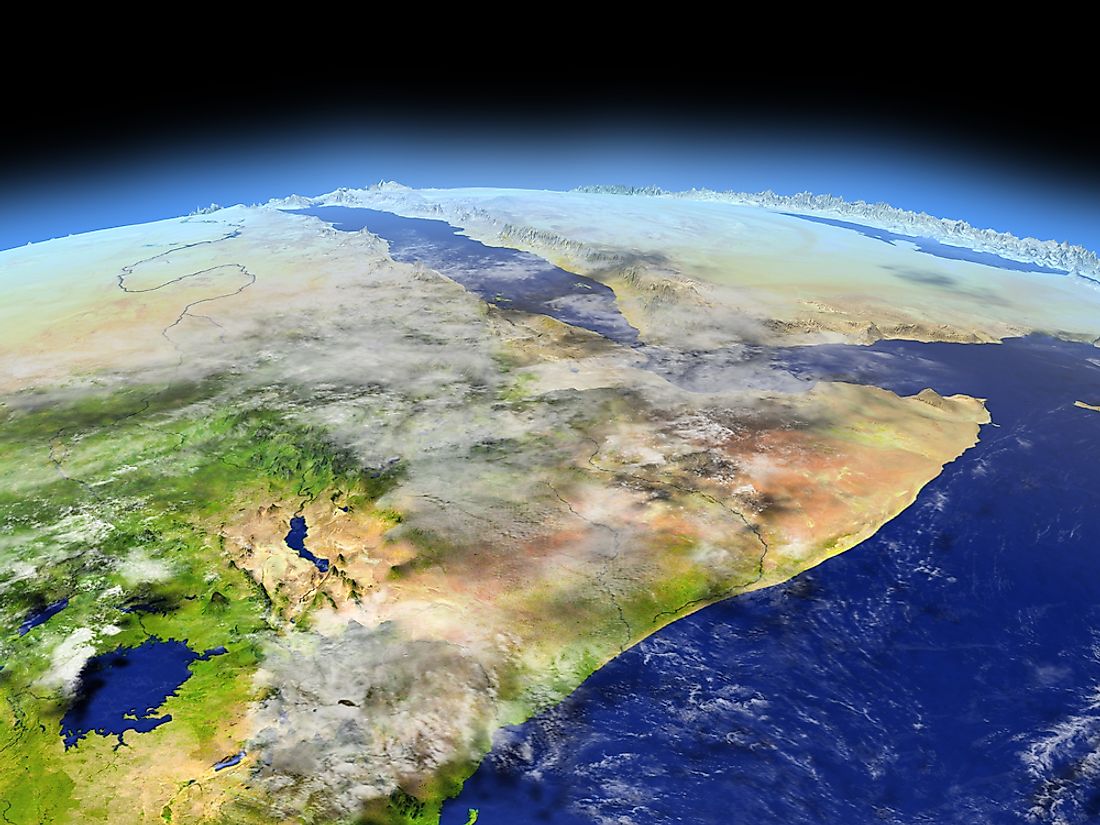What Was the Dervish State?

The Dervish State was a territory established in the early 20th century and lasted between 1988-1920. The state was established by a Muslim religious leader known as Mohammed Abdullah Hassan. The occupants of the state were referred to as Dervishes. Mohammed brought together soldiers across the horn of Africa, that is, the current country of Somali. He led the state in resisting Europeans who wanted to invade, conquer, and colonize Africans.
Mohammed Abdulla Hassan
Mohammed Abdulla Hassan was a prominent Islamic Sheikh who thoroughly studied and practiced the Quran. He was born In Ogadeen. Though he had a humble beginning as a nomadic herd’s boy, he rose to lead a strong army through his managerial and oratory skills. He was also a great mobilizer. He was often referred to as “The father of a nation,” though the British referred to him as mad Mullah.
The Dervish Economic Activity
The robust trading activity took place in the Dervish State. The main business was centered on the importation of firearms, horses, and material that were used to build houses and fortresses. This was evidenced by the numerous buildings and fortresses in that part of Africa. They also traded in livestock with the port cities such as Las Khorey.
Well Organized Defense Forces
The soldiers in the Dervish State had superior weapons that aided in the resistance against the external aggressors. The military was divided into seven units of 1,000 to 4,000 strong men, each under a commander. Most of the soldiers were drawn from the nomadic pastoralists. Before embarking in warfare they would engage in a dance called “Dhaato” that motivated and inspired the soldiers. Noticeably, there are four instances whereby the Dervishes fought back and expelled the British soldiers. In 1900 they were also able to recover livestock stolen by Ethiopians thereby gaining authority in Ogaden. The state had a centrally build city with permanent military fortresses that were purposely build to defend the territory against attackers. Such a military stronghold was built in Taleh. They also built high walls with the most notable one being “Silsilat.” Inside the city, Mohammed lived with his family and commanded the state from there.
The Impact of the Dervish State
The legacy can be seen long after the state ceased to exist, evidenced by the many fortresses, castles and other artifacts held in the archives and museum. These were well preserved under president Mohammed Said Barre. Poetry and literature, relating to both war and peace, also borrowed highly from the states’ culture and are taught in learning institutions with many books written on the Dervish State. Many films have also been developed to commemorate that state. The Dervish State was one of the greatest states that ever existed. It will be remembered for resistance to external attacks, well-organized army and its impact on current Somali culture. However, the state came to an end in 1920 after bombing from the British. Mohammed escaped with remnants of his family and later died in 1921.







